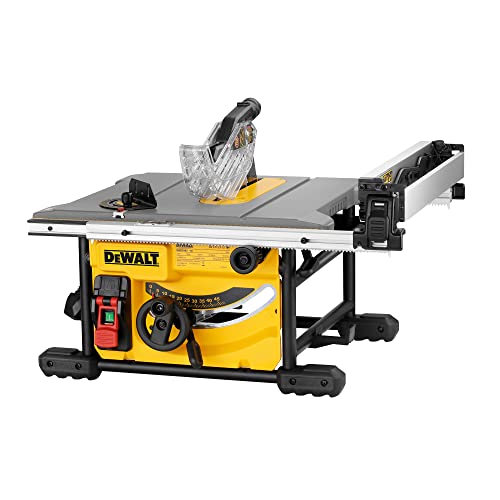Beautiful Plants For Your Interior
Beautiful Plants For Your Interior
Mastering table saw techniques requires practice and patience, but there are some tips and tricks to help perfect your cuts:
By following these tips and taking the time to master the use of a table saw, you can achieve clean and precise cuts for all your woodworking projects.

Table saws are the go-to tool for woodworkers when it comes to precision cuts. But to make the most of your table saw, you need to have the right techniques and tricks up your sleeve. In this article, we’ll go over some essential tips and tricks to help you master your table saw and achieve perfect cuts every time.
The blade you choose for your table saw plays a crucial role in the quality of the cuts you make. There are different types of blades available, and each has its unique features and applications. For instance, 24-tooth blades are ideal for cutting thick stock, while 80-tooth blades are best for fine woodworking.
When choosing a blade, consider the thickness of the stock you are cutting, the kind of wood, and the type of cut you want to make. Always use the appropriate blade for each cutting task to ensure clean and precise cuts.
The height at which your blade is set will affect the quality of your cuts. If the blade is too low, it will produce rough cuts, while if it’s too high, it will cause burning and charring on the wood. Therefore, it’s essential to adjust the blade height correctly.
As a general rule, the blade height should be set so that the teeth protrude about 1/8 to 1/4 inches above the stock being cut. However, this will depend on the type of cut you’re making, and the thickness of the stock, so always refer to your saw’s manual for guidance.
A fence is a crucial accessory that helps guide the wood along the blade and ensures straight cuts. The fence should be positioned parallel to the saw blade to ensure precision.
When using the fence, ensure that it’s securely locked in place and positioned accurately. Moreover, make sure that the blade is not touching the fence to prevent kickbacks and other safety hazards.
A push stick is a safety tool that helps keep your hands away from the blade when making narrow cuts or ripping narrow strips of wood. It’s essential to use a push stick to avoid accidents that could cause severe injuries.
When using a push stick, ensure that it’s well-positioned, and you have a firm grip on it. Moreover, keep your fingers away from the blade and avoid pushing the wood past the blade’s center.
Regular maintenance and cleaning of your table saw are crucial to its performance and longevity. Keep the saw clean and free of debris, and lubricate the moving parts to ensure smooth operation.
Also, ensure that the blade is sharp and free of any chips or dullness. A dull blade will produce lower quality cuts and pose a safety hazard.
Mastering table saw techniques requires practice, patience, and attention to detail. By following the tips and tricks outlined in this article, you’ll be better equipped to make clean, straight cuts that are both safe and accurate.
With the right technique, a properly set saw, and regular maintenance, you’ll be able to master your table saw and achieve professional-quality cuts every time.
| Blade Type | Best For | Tooth Count |
|---|---|---|
| Rip Blades | Ripping thick stock | 24-tooths |
| Crosscut | Cutting across the grain | 40-tooths |
| Finish | Smooth fine cuts in wood | 80-tooths |
A: Always wear safety gear like eye protection, ear protection, and a dust mask. Additionally, position the saw in a clear, stable, and well-lit area, and ensure the blade guard is functioning correctly.
A: When selecting a blade, consider its quality, blade width, the gullet depth, the number of teeth, and the hook angle. Also, use blades that match the job, like ripping or cross-cutting.
A: Human error, like incorrect measurements, incorrect blade attachments or setting, uneven feed rate, or inaccurate blade height or angle, can cause inaccurate cuts. Always double-check adjustments, measurements, and the blade before making cuts.
A: Regular table saw maintenance is essential. Clean the table and blade after every use, lubricate the moving parts, inspect the blade and belts for wear and replace as needed, and tighten loose bolts and screws.
A: Advanced techniques include making miter cuts, using dado blades, bevel cuts, and making intricate cuts. Improving your cutting and finishing skills involves practicing these techniques, especially if taking up furniture making or other crafting ventures.